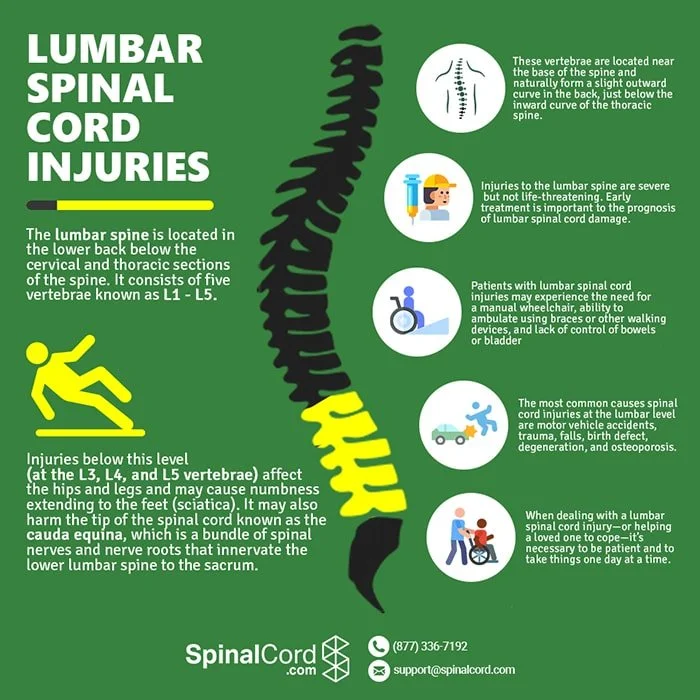Ben Simmons’ Back Injury Real or Fake?
Attention all NBA Fans! Ring the bells because The Big Ben Simmons has finally spoken!
Recently, in a podcast with JJ Reddick - "The Old Man and The Three" - Ben Simmons explained his side of the 2021 Philly drama and the story of his injury. As a physiotherapist, I'm going to measure up the reported symptoms and evaluate if Ben's injuries are real game-missing injuries, or if he just needs to toughen up.
Back injuries are serious, so with Ben coming back to playing with his team, we want him to do it as safely as possible. First, I want to define & explain the common injury of back soreness & niggles. Furthermore, I'm going into physiotherapy terms such as traction (the act of pulling to help alleviate pain) & what L4 to L5 degenerative looks like. Let's take a look at what Ben has reported and see if his injuries are legitimate.
What Did Ben Report?
According to Ben, he started having back soreness and niggles early on in the 20-21 season. This is a common injury, especially for athletes who are constantly putting strain on their bodies. However, the soreness and niggles gradually got worse until he was finally forced to sit out several games.
During this time, he underwent traction (the act of pulling to help alleviate pain) and had problems with his L4 to L5 region. These are both common treatments for back pain. However, the degenerative changes cannot be cured and will only get worse over time.
Symptom 1: What is Back Soreness?
Back soreness is a very common injury that athletes experience. It is often caused by overuse, poor posture, or incorrect lifting technique. Back soreness can range from mild aches to severe pain. Symptoms may include muscle stiffness, tenderness, or spasms. Treatment for back soreness usually includes rest, ice, and heat therapy. For more severe cases, physical therapy may be necessary.
Symptom 2: L4 to L5 Degenerative
https://www.spinalcord.com/lumbar-l1-l5-vertebrae-spinal-cord-injury
Degenerative disc disease (DDD) is a condition that occurs when the discs between the vertebrae begin to break down.
Your back has 4 sections:
Cervical
Thoracic
Lumbar
Sacrum
The L4 to L5 is found in the Sacrum (shown in the diagram above).
The L4-5 is the most common related injury to get disk-related injuries. This can happen due to age, injury, or repetitive stress on the spine.
Symptoms of DDD include pain, stiffness, and weakness in the lower back and legs.
Treatment for DDD typically includes rest, ice, heat, physical therapy, and pain medication. In some cases, surgery may be necessary to correct the problem.
Symptoms 3: Drop Foot
Foot drop can be a frustrating and debilitating condition, affecting everything from your day-to-day activities to your fitness and athletic performance. Some of the most common causes of foot drop include neurological disorders, injuries, or conditions that affect the muscles or nerves in the lower body. In order to manage this condition effectively and restore full mobility, many people with foot drop turn to physical therapy or other forms of rehabilitation. This might involve working on exercises that strengthen and stretch the affected muscles or using special tools like traction boots or braces to help keep your foot properly aligned and supported.
For those who love sports and outdoor activities, especially basketball, it can also be important to seek out specialized training programs or physical therapists who understand the unique challenges presented by foot drop. With targeted treatment and regular exercise, it is possible not only to manage this condition effectively but also to enjoy all of the things you love doing without being held back by foot drop. So if you are living with foot drop, don't give up - there are many options available for managing this condition and living a healthy, active life!
Traction Treatment
Traction is an essential technique for those dealing with chronic back pain. By applying traction to the spine, pressure on affected vertebral discs is reduced, which helps to minimize pain and speed up healing. Basketball players, in particular, rely on traction as a key part of their physical therapy. Traction lengthens and stretches the spine, helping muscles and ligaments recover from impact and strains incurred during play. With regular traction treatments, athletes can recover quickly from injuries and get back on the court faster. So if you're struggling with back pain, don't hesitate to try traction - it just might be your ticket to pain-free living!
Conclusion
In conclusion, I believe that Ben Simmons' back injury is real and he should take the necessary steps to recover fully before returning to play basketball again. Back injuries are serious and can have long-term consequences if they are not treated properly. I hope that this article has helped you better understand back injuries and how they are treated.
It's always difficult to know whether or not an athlete is truly injured when they sit out games. In Ben Simmons' case, however, it seems that his injury is legitimate and should be taken seriously. Back injuries are serious and can have long-term consequences if they are not treated properly. As degenerative changes in the spine can only get worse over time, it's important that he continues to receive treatment so that he can get back on the court as soon as possible.




